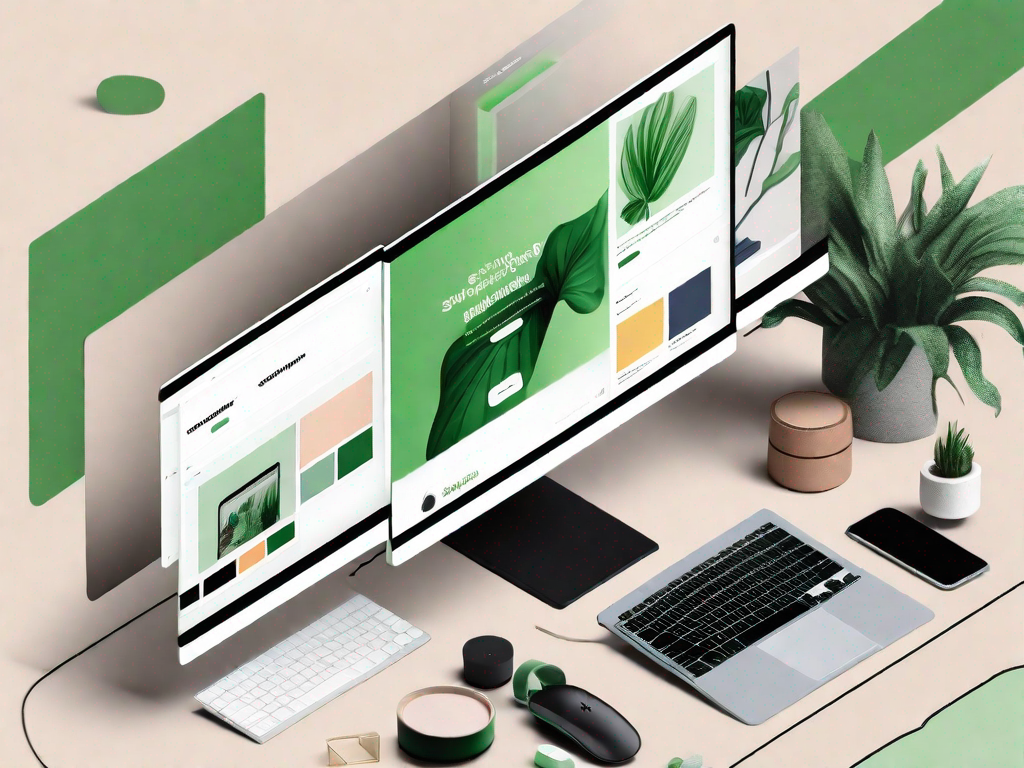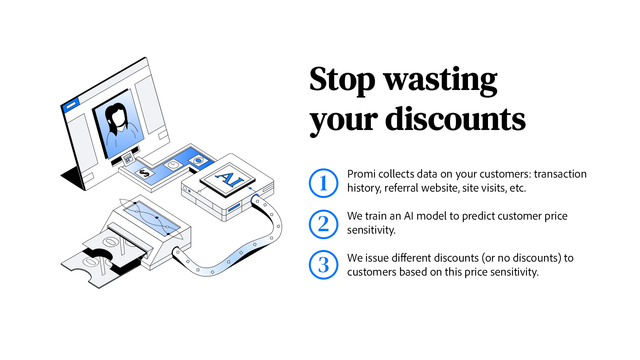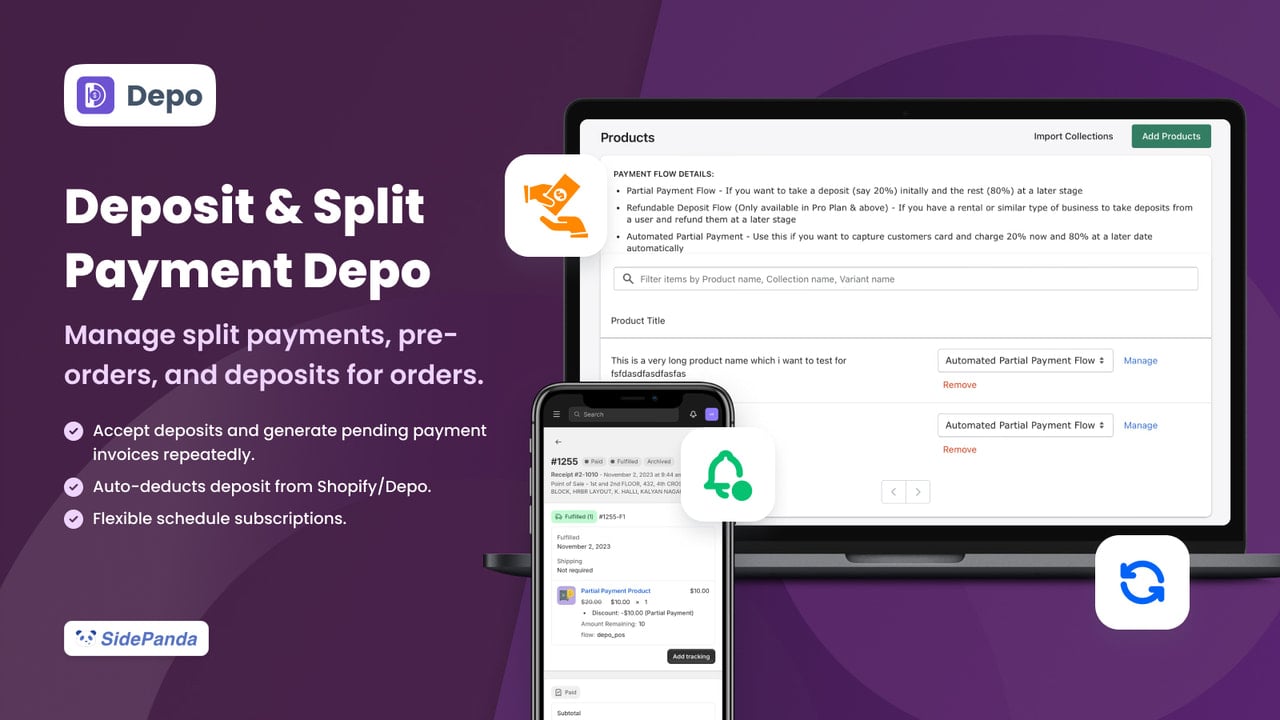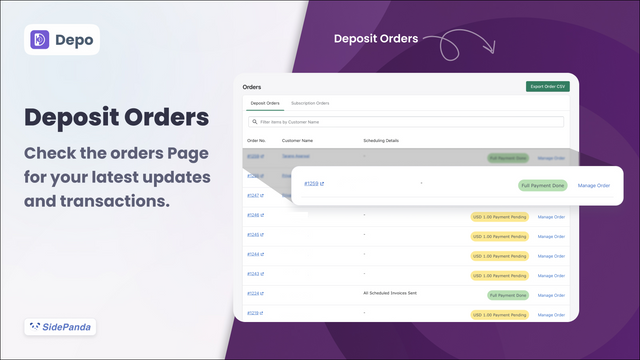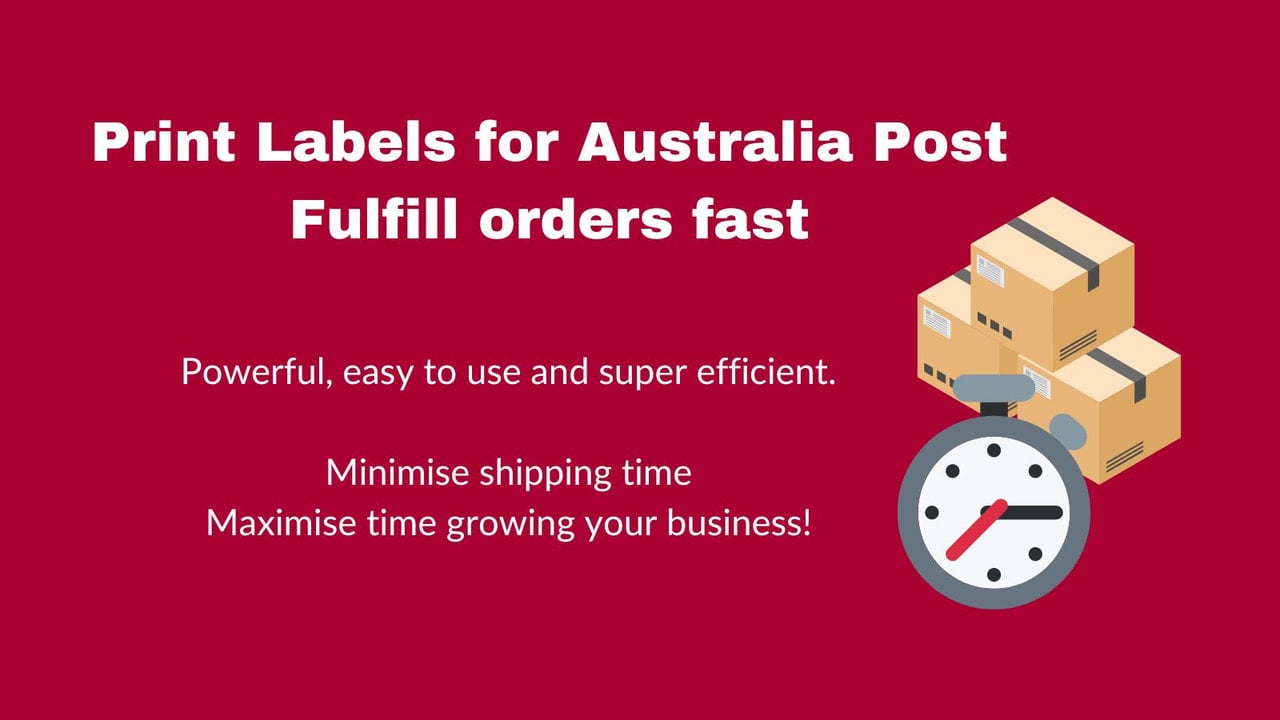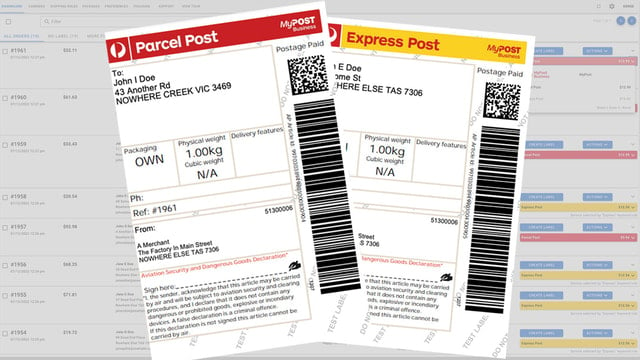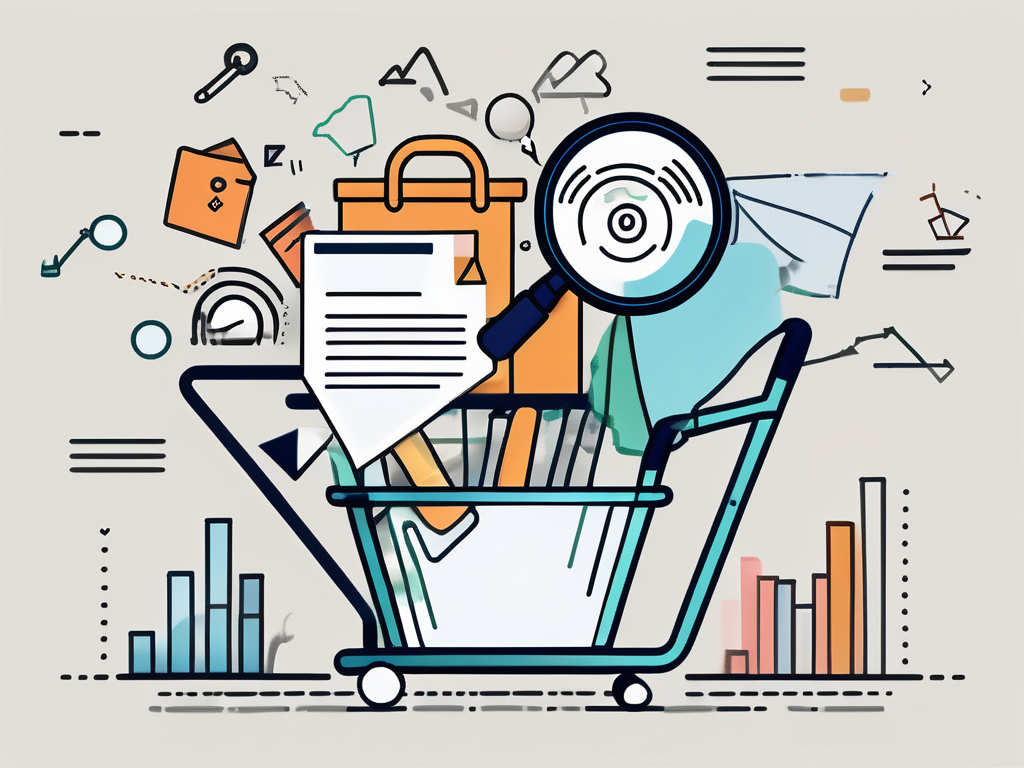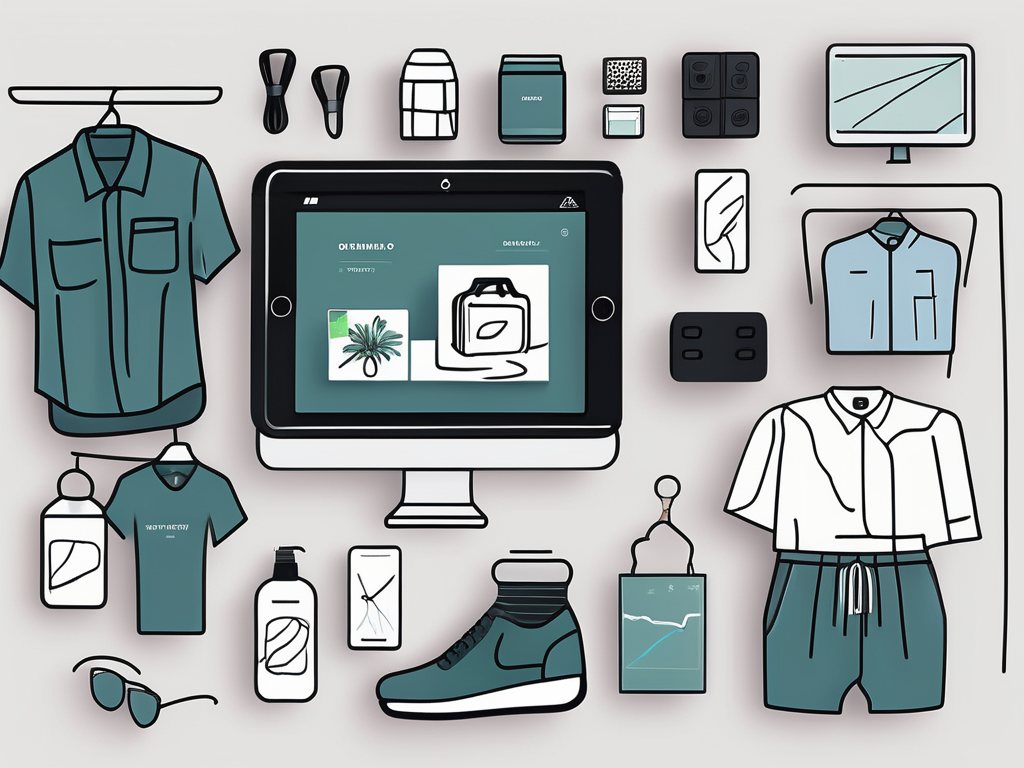In today's competitive e-commerce landscape, having a visually appealing and user-friendly website design is crucial for the success of your Shopify store. A well-designed website not only captures the attention of your potential customers but also influences their purchasing decisions. In this article, we will explore the importance of website design in e-commerce and discuss key elements and best practices for enhancing the design of your Shopify store.
Understanding the Importance of Website Design in E-commerce
When it comes to online shopping, first impressions matter. Aesthetically pleasing website design plays a significant role in creating a positive user experience. It helps build trust with your customers, instills confidence in your brand, and sets you apart from the competition.
The Role of Aesthetics in User Experience
Studies have shown that users form an opinion about a website within a few seconds of landing on it. This initial impression is heavily influenced by the visual appeal of the site. A well-designed website with an eye-catching layout, attractive colors, and engaging imagery can captivate visitors, encouraging them to explore further and potentially make a purchase.
But aesthetics alone are not enough. The design of your e-commerce website should also be functional and user-friendly. Navigation should be intuitive, making it easy for visitors to find what they are looking for. Clear and concise product descriptions, along with high-quality images, can help customers make informed purchasing decisions.
The Impact of Website Design on Conversion Rates
Your website design can directly impact your conversion rates. By optimizing the design of your Shopify store, you can improve the overall user experience, streamline the purchasing process, and encourage visitors to take the desired action, such as making a purchase or signing up for a newsletter.
One way to enhance the user experience is by implementing responsive design. With more and more people accessing the internet through mobile devices, it is crucial to ensure that your website is mobile-friendly. A responsive design adapts to different screen sizes, providing a seamless experience for users regardless of the device they are using.
In addition to responsive design, the placement and visibility of call-to-action buttons can significantly impact conversion rates. By strategically placing these buttons throughout your website, you can guide visitors towards the desired action, whether it's adding a product to the cart or completing a purchase. The design of these buttons should be attention-grabbing and visually distinct from the rest of the page.
Furthermore, website loading speed is another crucial factor that can affect conversion rates. A slow-loading website can lead to frustration and abandonment. Optimizing your website's performance by compressing images, minifying code, and utilizing caching techniques can significantly improve loading times, resulting in a smoother and more enjoyable user experience.
In conclusion, website design plays a vital role in the success of your e-commerce business. By prioritizing aesthetics, functionality, and user experience, you can create a visually appealing and user-friendly website that not only attracts visitors but also converts them into loyal customers.
Key Elements of a Successful Shopify Store Design
Now that we understand the importance of website design, let's dive into the key elements that contribute to a successful Shopify store design.
Creating a visually appealing and user-friendly website is essential for attracting and retaining customers. A well-designed Shopify store not only enhances the user experience but also increases the chances of converting visitors into loyal customers. Let's explore some key elements that can make your Shopify store stand out from the competition.
Importance of a Clear and Easy Navigation
A clear and easy navigation system is essential for helping users find what they are looking for quickly. When designing your website's menu, it's crucial to ensure that it is well-organized, intuitive, and easily accessible. By categorizing your products or services logically, you can guide visitors to the right pages effortlessly. Including search functionality further enhances the user experience by allowing users to find specific products or information with ease.
Imagine a scenario where a potential customer visits your Shopify store but struggles to navigate through the website. Frustrated, they may leave and never return. On the other hand, a seamless navigation experience can leave a positive impression, encouraging visitors to explore more and potentially make a purchase.
The Power of High-Quality Images and Visuals
When it comes to online shopping, visuals play a crucial role in capturing the attention of potential customers. High-quality product images and visuals can significantly impact your sales. Investing in professional product photography is a wise decision as it allows you to showcase your products in the best possible light. Clear and detailed images help customers visualize the product, increasing their confidence in making a purchase.
In addition to product images, incorporating appealing graphics and videos can create a visually engaging experience for your visitors. For example, if you sell clothing, you can showcase models wearing your products to give customers a better idea of how the items look when worn. By leveraging visuals effectively, you can create an immersive and captivating shopping experience that sets your Shopify store apart from the competition.
The Role of Color Schemes and Typography in Branding
Consistent branding is crucial for building brand recognition and trust. When designing your Shopify store, pay attention to color schemes and typography that align with your brand's personality and values. Colors evoke emotions and can influence how customers perceive your brand. Choose a color scheme that not only resonates with your target audience but also reflects your brand's identity.
Typography also plays a significant role in branding. Select fonts that are easy to read and reflect your brand's tone. Whether you want to convey a sense of elegance, playfulness, or professionalism, the right typography can help you achieve that. Consistency in color and typography across your website fosters a cohesive and professional look, reinforcing your brand's image in the minds of your customers.
By incorporating these key elements into your Shopify store design, you can create a visually appealing, user-friendly, and brand-consistent website that attracts and engages customers. Remember, a well-designed Shopify store is not just about aesthetics; it's about creating an exceptional shopping experience that leaves a lasting impression on your visitors.
Shopify Design Best Practices
Now that we have discussed the key elements, let's explore some best practices for designing your Shopify store.
Mobile-First Approach for Shopify Design
With the prevalence of mobile devices, it is imperative to design your Shopify store with a mobile-first approach. Ensure that your website is responsive and provides an optimal viewing experience on various screen sizes. Test your store on different devices to ensure seamless navigation and readability.
When designing for mobile, consider the importance of touch-friendly elements. Optimize your buttons and links to be easily tapped with a finger. Use large, legible fonts and clear visuals to enhance the user experience on smaller screens. Additionally, take advantage of mobile-specific features such as swipe gestures and location-based functionalities to create a more engaging and personalized experience for your mobile users.
Optimizing Your Shopify Store for Speed
Website loading speed is crucial for retaining visitors and improving search engine rankings. Optimize your images, minify CSS and JavaScript files, and leverage caching techniques to enhance the speed of your Shopify store.
When it comes to optimizing images, make sure to compress them without sacrificing quality. Use image formats that are suitable for the web, such as JPEG or PNG, and consider lazy loading techniques to only load images when they are in the viewport. Additionally, minify your CSS and JavaScript files by removing unnecessary characters and whitespace to reduce file sizes and improve loading times.
Another important aspect of optimizing your store's speed is choosing a reliable hosting provider. Look for hosting options that offer fast server response times and have a reputation for excellent performance. Consider using a content delivery network (CDN) to distribute your website's assets across multiple servers worldwide, ensuring faster loading times for visitors from different geographical locations.
Incorporating Social Proof in Your Store Design
Social proof, such as customer reviews and testimonials, can significantly influence purchasing decisions. Showcase positive reviews and ratings prominently on your website. Incorporate trust badges and certifications to instill confidence in your visitors.
When displaying customer reviews, consider using a visually appealing layout that highlights key information such as ratings, product names, and reviewer names. Allow customers to filter and sort reviews based on different criteria, such as most helpful or most recent. Additionally, consider implementing a review system that allows customers to leave feedback directly on your product pages, making it easier for potential buyers to make informed decisions.
Furthermore, don't limit social proof to just customer reviews. Showcase any awards, certifications, or partnerships your business has received to further establish trust and credibility. Display trust badges from recognized security providers to assure visitors that their personal information is safe when making a purchase on your Shopify store.
Leveraging Shopify's Tools and Features for Better Design
In addition to the design practices discussed above, Shopify offers a range of tools and features that can further enhance your website design and user experience.
Making the Most of Shopify's Themes
Shopify provides a wide selection of professionally designed themes that are easy to customize. Choose a theme that aligns with your branding and customize it to suit your store's unique needs. Take advantage of the theme's built-in features and functionality to enhance the visual appeal and usability of your website.
Utilizing Shopify's Built-in SEO Tools
Optimizing your website for search engines is crucial for driving organic traffic to your Shopify store. Leverage Shopify's built-in SEO tools, such as customizable meta tags and keyword optimization, to improve your store's visibility in search engine results.
Enhancing User Experience with Shopify Apps
Shopify's app store offers a plethora of apps that can help you enhance the user experience of your website. From live chat functionality to personalized product recommendations, explore the various apps available and integrate them into your store to provide a seamless and interactive experience for your visitors.
In conclusion, enhancing the website design of your Shopify store is vital for attracting visitors, engaging them, and ultimately driving conversions. By understanding the importance of website design in e-commerce, focusing on key elements, and leveraging Shopify's tools and features, you can create a visually appealing and user-friendly store that sets you apart from the competition and maximizes your online success.
Ready to take your Shopify store's design to the next level? Let Owlfred, your wise and friendly owl companion, guide you through OwlMix's extensive directory of innovative Shopify apps. With categories ranging from advertising to email marketing, and inventory sync to marketing analytics, OwlMix is your go-to resource for optimizing your online business. Find your next Shopify app with ease and watch your e-commerce experience soar. Discover apps sorted by relevance and utility, and elevate your store's user experience today!


